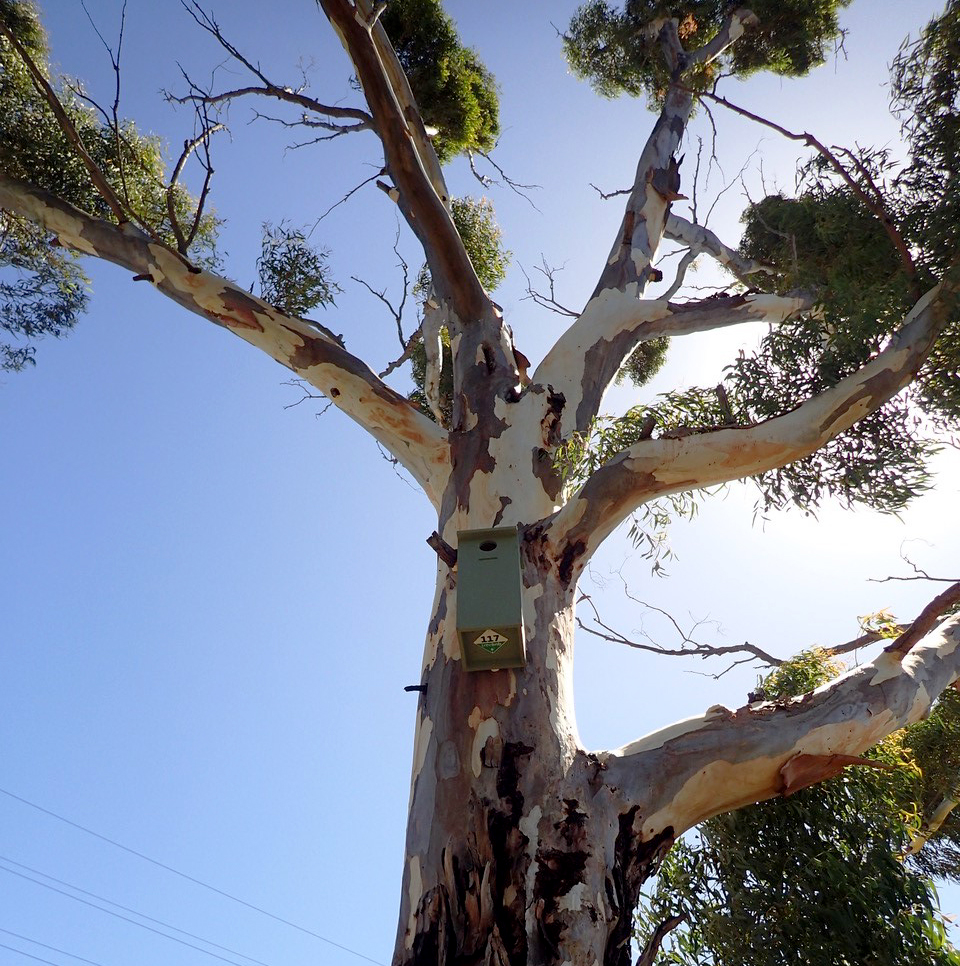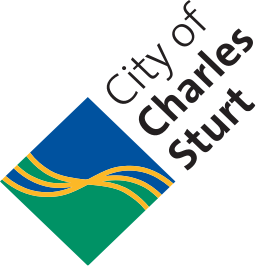We have installed an extensive network of wildlife boxes, nicknamed 'Tree BnBs', across our City to support biodiversity and work with our program partner FauNature to manage them.

Trees form an integral part of a healthy and biodiverse environment and a number of animal species rely on hollows in trees for all or part of their lifecycle.
Hollows can take over 100 years to form naturally and most trees in our urban environment are not at that mature age. Natural hollows are cavities within living or dead trees which provide a source of shelter and a place for species to nest, reproduce and raise offspring.
A number of hollow-dependant species live across the Adelaide plains and there are more than 300 native vertebrate species which use hollows in some form Australia-wide.
Wildlife boxes are therefore useful in an urban environment where biodiversity may otherwise be compromised as a substitute for these hollows.
Boxes are positioned on trees at varying heights to give the best opportunity for the target species.
We record the following information for each wildlife box
- Installation date/time
- Location (park/road)
- Box type
- Box orientation
- GPS location
- Unique identifying number (include a three digit sequential code attached to the bottom of each box)
You can view an interactive map below highlighting the various wildlife boxes located across our City. Press the icon to explore the different types of boxes and other details.
Tree BNB Monitoring
Monitoring of the boxes occurs annually and provides excellent information regarding the species that have inhabited the box, the number of offspring and other species occupying the box in succession to other inhabitants.
Monitoring is essential to gain the most benefits from a wildlife box, both for wildlife and for the community via educational opportunities and awareness.
Tree BNB Monitoring Report - 2021
Tree BNB Monitoring Report - 2022
A New Life for an Old Tree
This magnificent but deteriorating tree at Wilford Reserve, Seaton was recently given a new lease on life. Following a safety review, we engaged specialists to install hollows and wildlife boxes in the tree, which will provide a new home for animals such as rosellas, lorikeets, galahs and microbats.
This innovative project means the tree will continue to support local biodiversity for many years to come and provides a great example of the value and versatility of wildlife boxes in our City.
Watch the video and go behind the scenes of the project.
